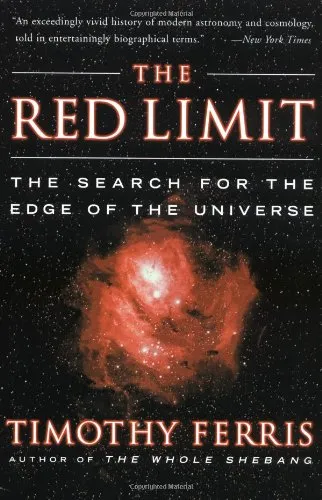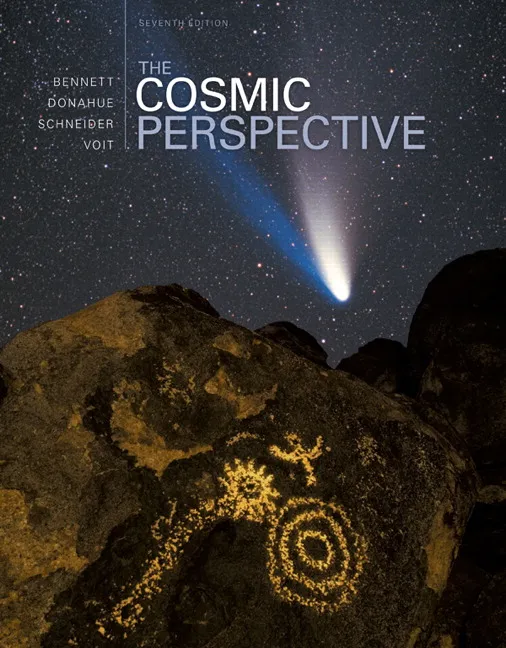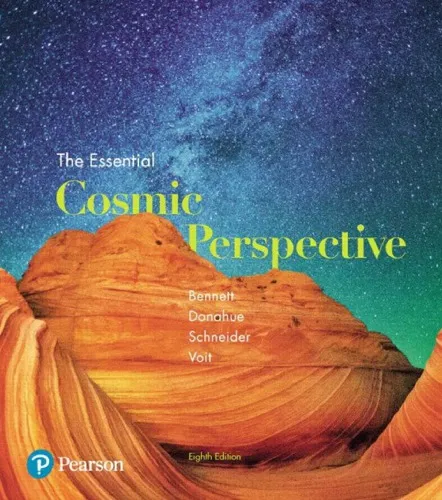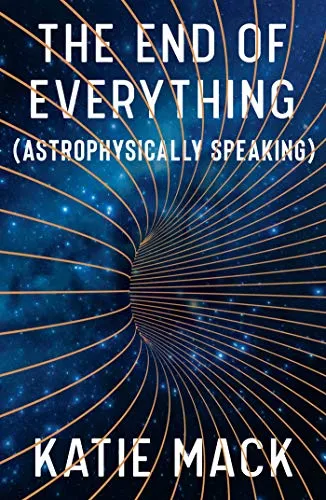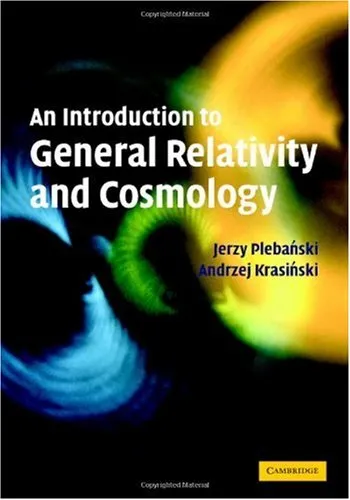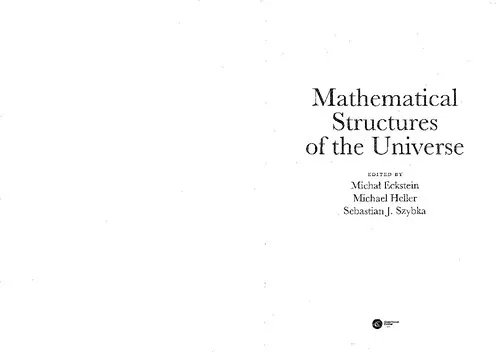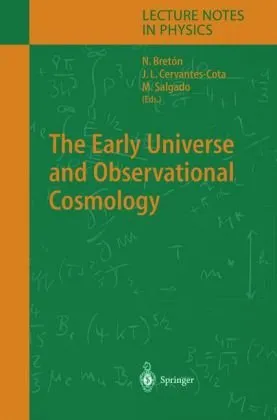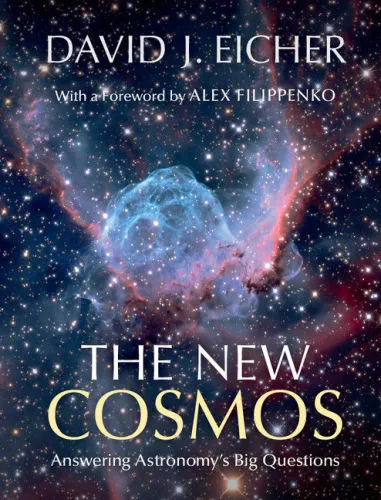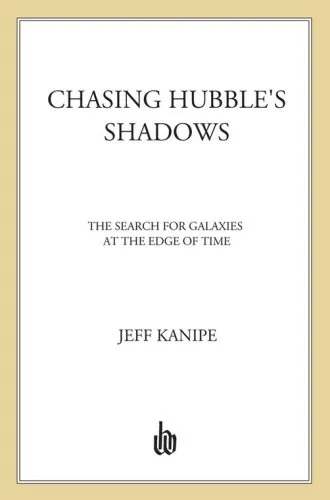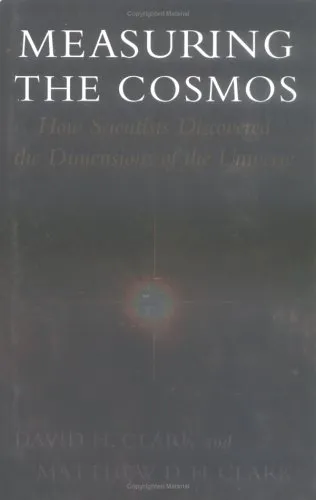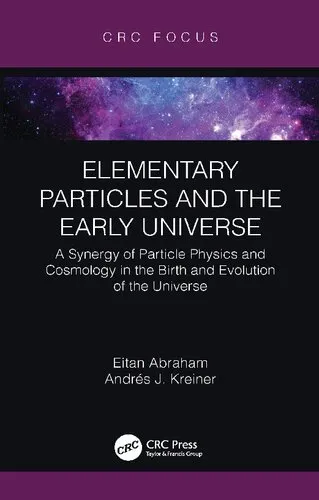The Red Limit: The Search for the Edge of the Universe
4.5
Reviews from our users

You Can Ask your questions from this book's AI after Login
Each download or ask from book AI costs 2 points. To earn more free points, please visit the Points Guide Page and complete some valuable actions.Related Refrences:
The Red Limit: The Search for the Edge of the Universe
Timothy Ferris' The Red Limit is a captivating journey into the vastness of the cosmos, tracing humanity's enduring quest to delineate the limits of our universe. First published in 1977, the book seamlessly combines cutting-edge astrophysics, the historical journey of astronomical discoveries, and the profound philosophical implications of exploring the universe.
The title, "The Red Limit," refers to the famed redshift phenomenon—one of the critical observational tools in modern astrophysics used to measure the universe's expansion and the distance to far-off celestial objects. Through this narrative lens, Ferris introduces us to the brilliant scientists, pivotal discoveries, and profound ideas that have shaped humanity's understanding of the cosmos.
Whether you are an astronomer or a curious layperson, the book enriches your understanding of where we stand in the grand scheme of the universe. In the sections below, you'll gain a deeper insight into the book's themes, key takeaways, and its enduring importance.
Detailed Summary of the Book
The book begins with a historical backdrop of astronomical endeavors, harking back to the days of Copernicus, Galileo, and Newton. Ferris delves into the revolutionary changes that these early pioneers evoked in our understanding of the cosmos. He details the leap from a geocentric to a heliocentric worldview and move toward contemplating a universe far larger and more complex than early thinkers could have imagined.
As the narrative progresses, Ferris introduces readers to the pivotal discovery of the redshift by Edwin Hubble, which marked the first concrete evidence that the universe is expanding. This groundbreaking observation laid the foundation for the Big Bang theory, which Ferris explores in exquisite detail—unpacking the science, controversies, and implications for our understanding of origins.
Ferris' storytelling does not shy away from addressing the human dimension behind the science. The book vividly portrays the real lives, challenges, and sheer ingenuity of astronomers like Vesto Melvin Slipher, Albert Einstein, and Harlow Shapley, whose efforts have collectively enabled us to extend our cosmic horizons. The author dives into their triumphs and rivalries, as well as their humanity, offering readers meaningful connections with the individuals driving these astronomical ideas forward.
Finally, the book transitions into the philosophical depths that the search for the universe’s edge inevitably brings—addressing questions about life, eternity, and our place in the cosmos. Through Ferris' masterful prose, readers are left pondering not only the universe’s edge but also the boundaries of human knowledge and ambition.
Key Takeaways
- The phenomenon of redshift revolutionized modern astronomy and provided critical evidence for the expanding universe.
- The growth of astrophysics as a field has been marked by remarkable human perseverance, creativity, and collaboration.
- The history of astronomy is deeply intertwined with philosophical questions about humanity’s place in the cosmos.
- The study of the universe's origins and structure holds implications far beyond science, touching on metaphysics and theology.
- Science is a continually evolving human endeavor, with each discovery creating pathways to new, often unanticipated, questions.
Famous Quotes from the Book
"The modern understanding of the universe began with the discovery that galaxies are rushing away from one another, carried by the swelling space in which they are embedded."
"Those who study the history of science may come to see it as a human enterprise, fueled less by single moments of insight than by collaboration, perseverance, and the nature of curiosity itself."
"Every great astronomical discovery not only expands the boundaries of the physical universe but also pushes back on the horizons of our ignorance."
Why This Book Matters
The Red Limit is more than just a recounting of scientific achievements; it is a deeply human exploration of how and why we seek to understand the cosmos. It bridges the gap between rigorous science and poetic wonder, making the vast universe accessible—and relevant—to everyone. By laying bare the trials and triumphs of the scientists who expanded our horizons, it reveals the profound significance of their work not only in scientific terms but for our collective understanding of existence.
Moreover, Ferris' balanced storytelling—where facts meet philosophical musings—serves as a timeless reminder of humanity's boundless curiosity. The book inspires readers to think critically yet imaginatively, to celebrate the work of science while pondering the expansive questions that remain unanswered. As such, The Red Limit is essential reading for anyone enthralled by the mysteries of the cosmos or interested in the ongoing human quest to comprehend the universe's ultimate boundaries.
Free Direct Download
You Can Download this book after Login
Accessing books through legal platforms and public libraries not only supports the rights of authors and publishers but also contributes to the sustainability of reading culture. Before downloading, please take a moment to consider these options.
Find this book on other platforms:
WorldCat helps you find books in libraries worldwide.
See ratings, reviews, and discussions on Goodreads.
Find and buy rare or used books on AbeBooks.
1182
بازدید4.5
امتیاز0
نظر98%
رضایتReviews:
4.5
Based on 0 users review
Questions & Answers
Ask questions about this book or help others by answering
No questions yet. Be the first to ask!
